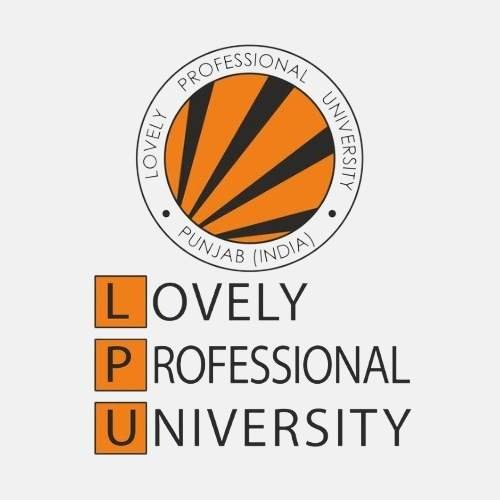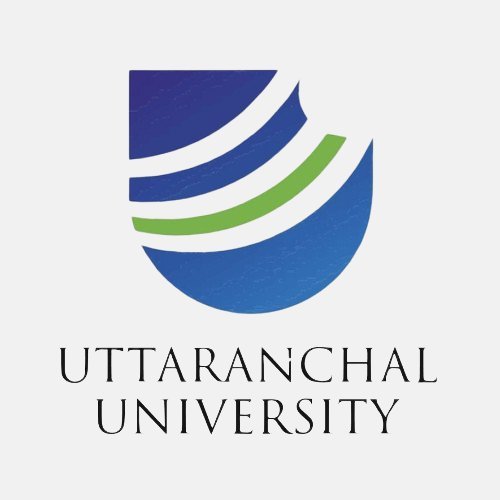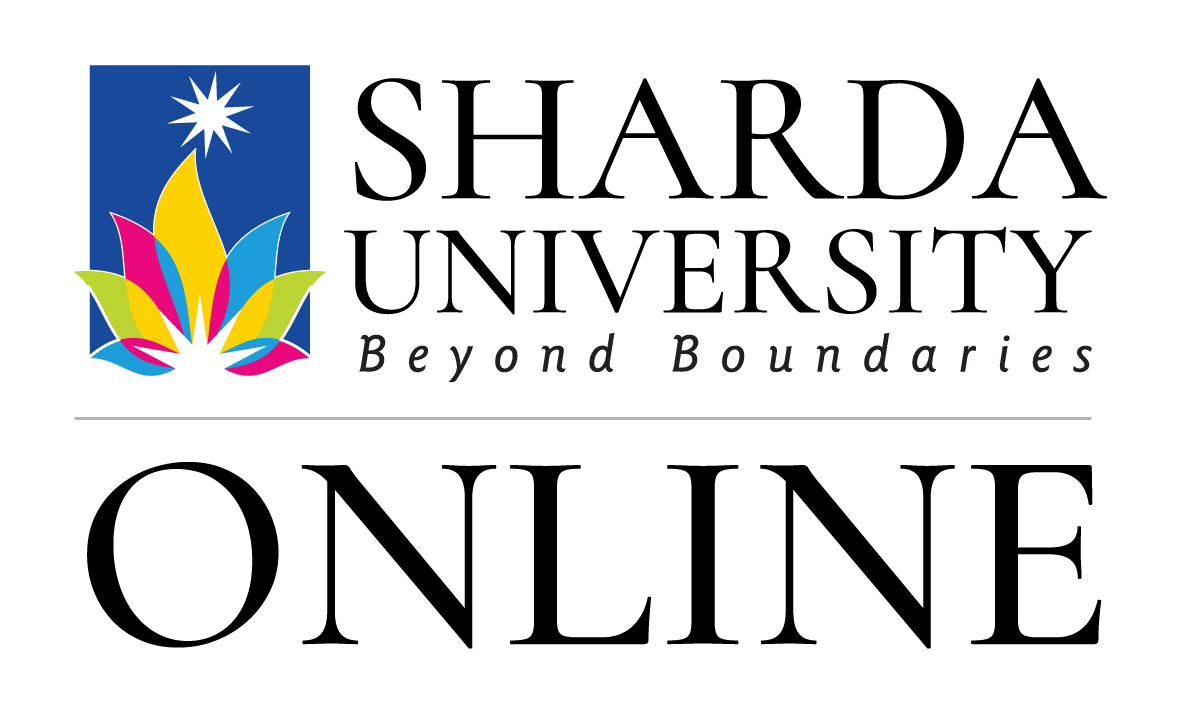My friend Gagan has just completed his schooling and now he wants to pursue his dream course B.Tech from one best engineering institutes in India, because the course is expensive, so he decided to take an education loan for that, but when he was searching for education loans.
While researching, he found out that there are usually two types of loans available, the first is a secured loan and another is an unsecured loan. He is now confused about which type of education loan is best for him in terms of repayment conditions, processing and especially interest rates.
If you are also like Gagan, who is planning to take an education loan for further studies, then this blog of “Secured Vs Unsecured Loans: What’s Best For Students?” is for you, so that you can decide which loan suits you better according to your financial condition.
What Is a Secured Education Loan?
A secured education loan is one where the borrower pledges something valuable, like a fixed deposit, a family property, or a vehicle, as collateral. This pledge gives the bank or lender extra security.
If, for some reason, the borrower failed to repay the loan, then the lender can claim the pledged asset and auction it to recover their money. Secured loans in India can have interest rates as low as 8.5% per annum, depending on the bank and collateral type.
Here is how a secured education loan works:
- Collateral: You offer an asset you or your family owns.
- Lower Interest Rates: Because the lender has collateral, they charge you a cheaper rate.
- Higher Loan Amounts: You can often borrow more money since the risk to the bank is lower.
- Longer Repayment Periods: Banks usually give you more time to pay back.
Using a secured education loan can be a great option if you have an asset to pledge and want to keep your monthly payments manageable.
Characteristics Of Secured Education Loans
Below are the characteristics of Secured Education Loans:
Collateral Requirement | You must pledge an asset (fixed deposit, property, or vehicle) to secure the loan. |
Lower Interest Rates | Typically between 8% and 9% per annum, making monthly payments easier to handle. |
Higher Loan Limits | Banks may lend up to 90–100% of your course fees, plus living expenses. |
Longer Tenure | Repayment periods can stretch up to 15 years, giving you more time after graduation to repay your loan. |
Strict Eligibility Checks | Lenders assess the value of your collateral and your family’s credit history before approval. |
Processing Time | Since collateral verification takes time, loan approval might take a few weeks. |
What Is an Unsecured Education Loan?
An unsecured education loan doesn’t require any collateral. You borrow money based solely on your credit score, and in many cases, your co-applicant’s (usually a parent’s) financial profile. Since the lender takes on more risk without any collateral, these loans usually come with higher interest rates and tighter borrowing limits.
Here is how an unsecured education loan works:
- No Collateral Needed: Simplifies the application process and avoids risking personal assets.
- Interest Rates: Usually, they range from 10% to 14% per annum, depending on your credit score and the lender’s policies.
- Loan Amount: Often capped at a lower percentage of course fees (usually around 75–80%) and may exclude living expenses.
- Shorter Repayment Period: Tenures usually up to 10 years, meaning higher monthly payments compared to secured loans.
- Faster Approval: Without collateral checks, approvals can happen in days rather than weeks.
Unsecured loans are a solid choice if you need smaller funds quickly and don’t have assets to pledge, but be ready for high interest rates and some strict repayment terms.
Characteristics Of Unsecured Loans
Below are the characteristics of unsecured Education Loans:
No Collateral Needed | These loans are based on your creditworthiness and your co-applicant’s financial profile, so no asset is required. |
Higher Interest Rates | Interest rates are generally between 10% and 14%, depending on your credit score. |
Lower Loan Amounts | You can typically borrow up to 75–80% of your course fees, excluding living expenses. |
Shorter Repayment Tenure | These loans usually come with repayment periods of up to 10 years, leading to higher monthly payments. |
Faster Processing Time | Approval is quicker since no collateral verification is needed, often within a few days. |
Secured vs Unsecured Loans: Key Differences
Feature | Secured Loans | Unsecured Loans |
Collateral | It requires collateral (property, fixed deposit, etc.) | There is no collateral required |
Interest Rates | There are lower interest rates (8%–9% per annum) | There are higher interest rates (10%–14% per annum) |
Loan Amount | It has higher loan amounts (up to 90–100% of course fees + living expenses) | It has lower loan amounts (usually up to 75–80% of course fees) |
Repayment Tenure | It has a longer tenure (up to 15 years) | It has a shorter tenure (typically up to 10 years) |
Processing Time | Longer processing time (a few weeks) | Faster approval (usually a few days) |
Risk | Risk of losing collateral if you don’t repay | No risk of asset loss, but higher cost and stricter eligibility |
Secured Vs Unsecured Loans: What's Best For Students?
Choosing between secured and unsecured loans depends on your financial situation and preferences.
Secured education loans are best if:
You have valuable assets and a stable financial background, then a secured loan might be a better choice. It offers lower interest rates, higher loan amounts, and longer repayment periods, which makes it easier to manage payments over time. However, the risk is that if you default, you could lose your pledged asset, such as property or a fixed deposit.
Unsecured education loans are best if:
You don’t have assets to offer as collateral. While it comes with higher interest rates and lower loan amounts, it is faster to process, and you don’t need to put any of your property at risk. If you need a smaller loan quickly and don’t want the stress of collateral, then unsecured loans are a great option.
Ultimately, it’s about balancing what you can afford, your risk tolerance, and how quickly you need the loan.
How to Choose Between Secured and Unsecured Loans as a Student
Here’s a quick guide to help you make the best choice:
- Assess Your Assets:
If you have valuable assets like a house, car, or fixed deposits that you can pledge, a secured loan might be a better choice. It can help you borrow more money at a lower interest rate. If you don’t have assets to offer, then an unsecured loan is the way to go.
- Loan Amount:
Think about how much money you need. Secured loans often allow you to borrow more money, meaning up to 90-100% of your total course fees plus your living expenses. On the other hand, unsecured loans typically allow you to borrow up to 75-80% of your course fees, so if you need a loan of a large amount, then secured options might be perfect for you.
- Risk Tolerance:
Consider how comfortable you are with risk. Secured loans come with the risk of losing your collateral if you default, so you need to be confident in your ability to repay. Unsecured loans carry no such risk, but they come with higher interest rates, meaning you will pay more over time.
- Repayment Flexibility:
If you prefer longer repayment periods with lower monthly payments, secured loans are often a better option, as they tend to offer longer tenures (up to 15 years). Unsecured loans tend to have shorter repayment periods, which means you need to pay a larger amount of instalments.
- Processing Time:
If you need funds quickly, unsecured loans are best, because there’s no collateral to verify, the approval process is quite faster, usually taking just a few days. Secured loans, however, can take longer due to the additional verification steps.
Smart Tips for Managing Your Student Loan Effectively
- Start Paying Early:
If possible, try to make small payments during your studies. Even if you don’t have to start paying yet, paying off small amounts early can reduce your burden and overall interest and help you pay off the loan faster.
- Understand Your Loan Terms:
Make sure you understand everything about your loan, like the interest rate, repayment schedule, and any extra charges for missing payments, because knowing these details will help you plan and avoid future problems related to repayment terms.
- Set a Budget:
Set a budget for every month to make sure you can pay your loan. Also analyse your income and expenses to make sure you have enough money to pay the loan on time.
- Set Up Automatic Payments:
Setting up automatic payments can help ensure that you don’t miss any instalments. Some lenders even offer discounts if you set up automatic payments, and this will help you avoid extra charges you might pay if you miss any instalment.
- Refinance When You Can:
If you have been paying your loan for some time and your financial situation improves, consider refinancing to get a lower interest rate. This can lower your monthly payments and save you money in the long run.
- Talk to Your Lender if You Face Problems:
If you’re having trouble making payments, reach out to your lender. Many lenders have options to help, like delaying your payments or lowering the amount for a while. It’s better to ask for help than to miss payments.
- Monitor Your Credit Score:
Your credit score is important for future loans. Regularly check it and make sure your loan payments are being reported correctly. Keeping a good credit score can help you get better loan terms in the future.
Calculate Your EMI With Our EMI Calculator
Also Read Our More Blogs
Conclusion
Choosing between a secured and unsecured loan is an important decision for students who want to take an education loan. However, both options have their pros and cons, and the best option depends on your financial situation.
If you have valuable assets, then you can offer them as collateral, because it can lower your interest rate and offer a high amount of loan. However, if you don’t have anything for collateral, then an unsecured loan is best because it is risk-free and quicker than a secured loan, but it has higher interest rates.
In the end, deciding on the best loan depends on individual needs and financial situation. So, when you ask, “Secured vs Unsecured Loans: What’s Best For Students?”, the answer depends on whether you have assets to pledge and how much you’re willing to pay in interest.
Frequently Asked Questions
Q.1 What is the disadvantage of a secure loan?
Ans. The loan is secured on your home or other asset, which you might lose if you can’t keep up your repayments.
Q.2 Why are secured loans less costly?
Ans. If you cannot repay your loan, the lender can take ownership of the collateral (your car or home) to recoup their losses. Because secured loans are lower risk for lenders, it’s generally easier to become approved for this type of loan, and the interest rates are cheaper.
Q.3 How long do secured loans last?
Ans. Typical loan terms are 15 or 30 years. Vehicle loan: Used to purchase a vehicle (like a car), which serves as the collateral.
Q.4 Which type of loan is best for students?
Ans. Unsecured loans are often preferred by students, as they don’t require collateral and offer more flexibility.
Q.5 How do students choose between secured and unsecured loans?
Ans. Students should consider their financial situation, credit history, and loan requirements before choosing between secured and unsecured loans.


















